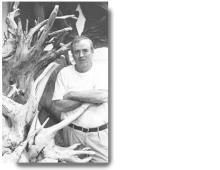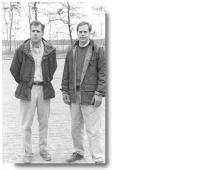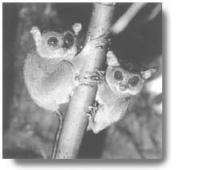The Apparition
The Apparition
In the driving rain on the interstate on Sunday, a jaunty little red station wagon in the right lane sidles into the peripheral vision of a passenger in the left lane.
The wagon's driver, it turns out, is a round man in a red and white cap with a sweet and wizened-looking woman in wire glasses at his side. Both are dressed from head to toe in red.
"Whoa! Hurry up! Check this out!" the passenger tells the driver and child in the left car before the white-bearded apparition can disappear into post-Thanksgiving traffic. Catching on, he slows the little red wagon down a little, gives a meaningful wink and a wag of his finger, and then hits the gas.
As the little wagon forges ahead, its rear license plate comes into view. "ST NICK," it says. Well no fooling.



